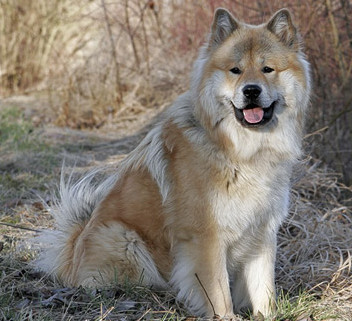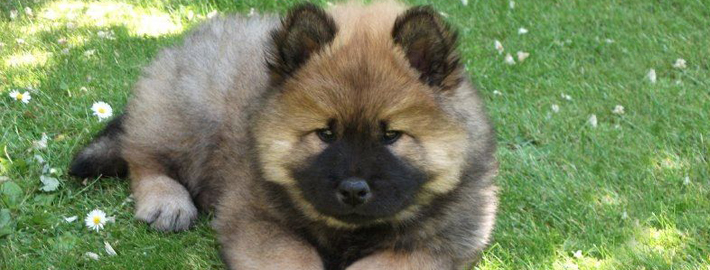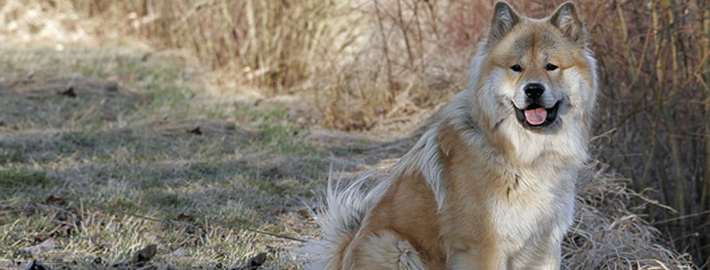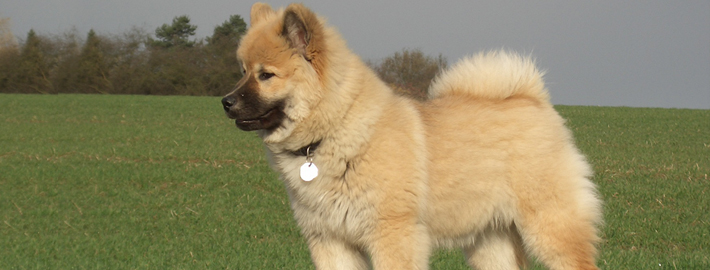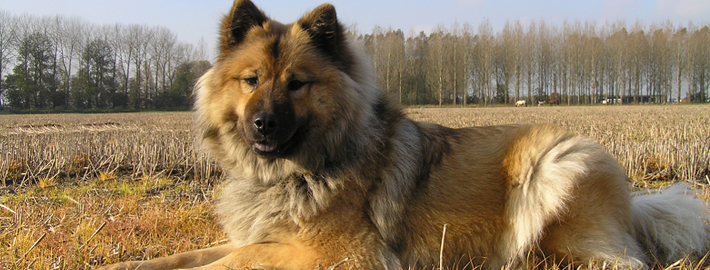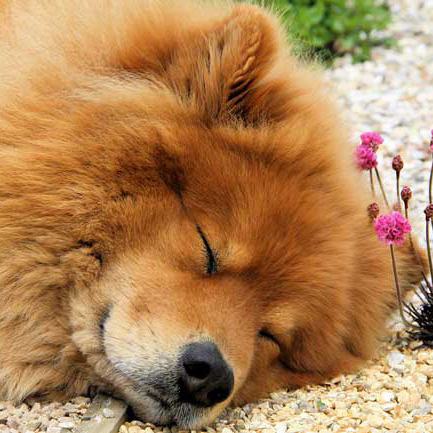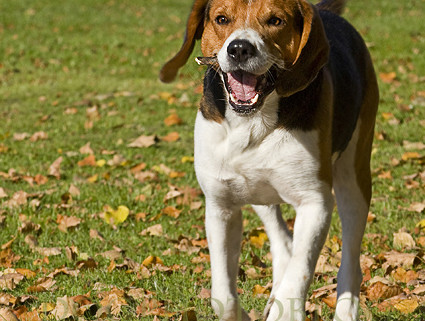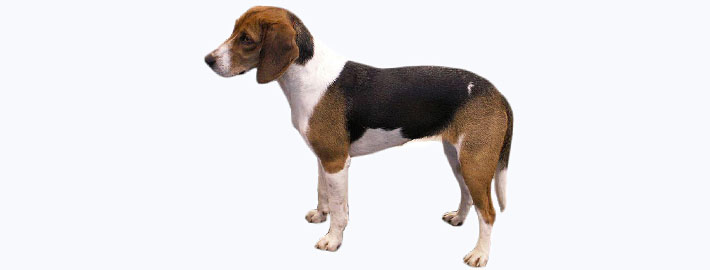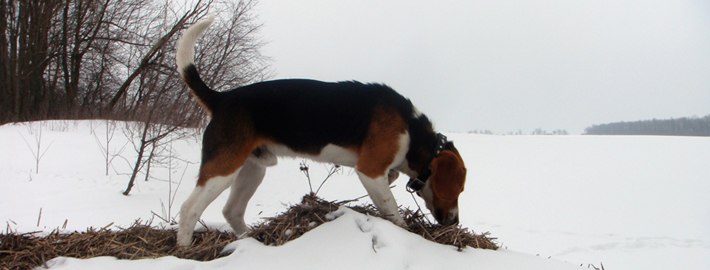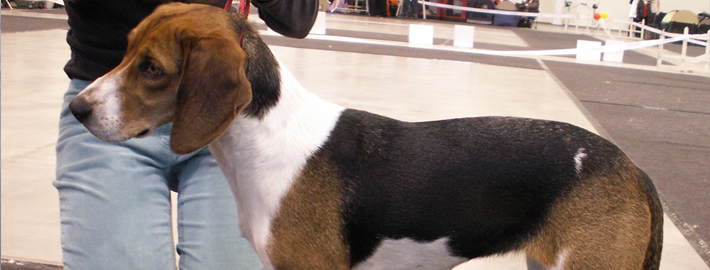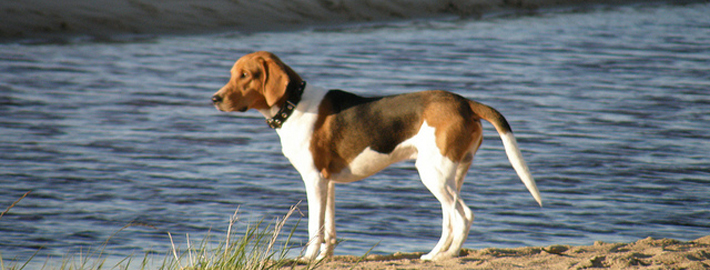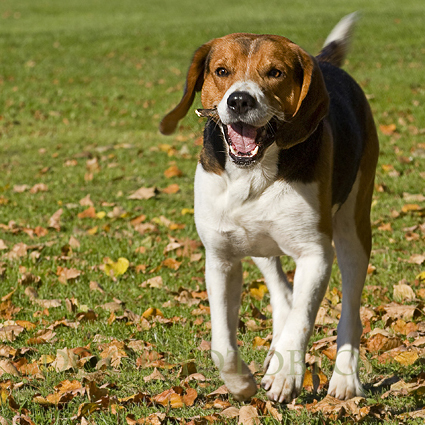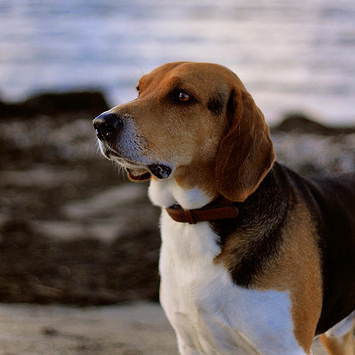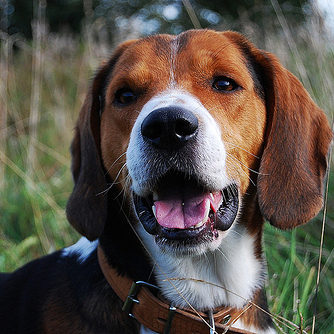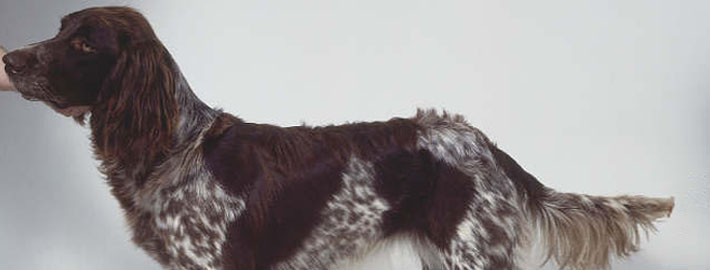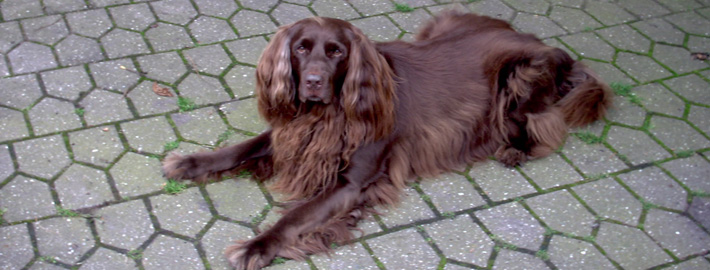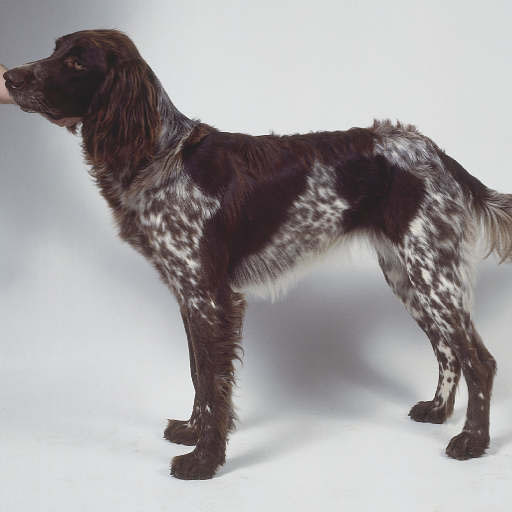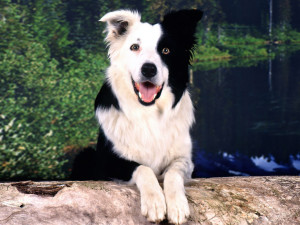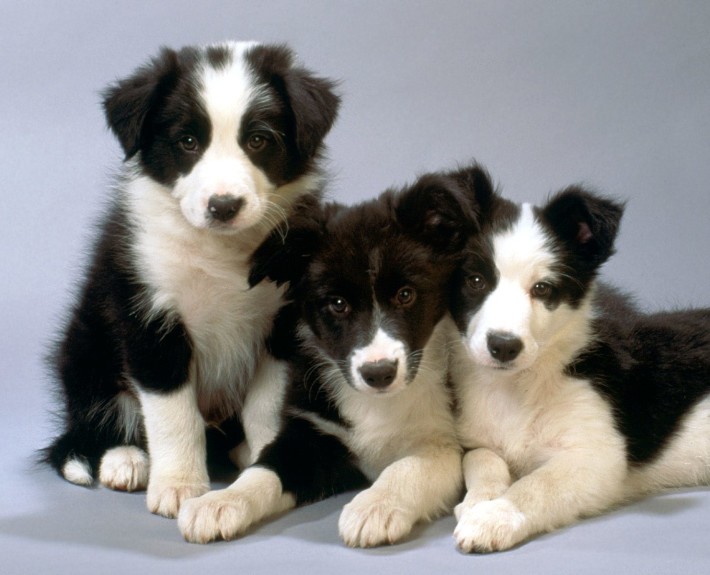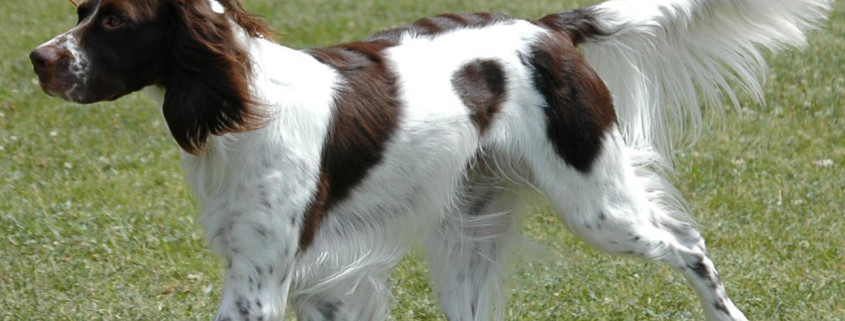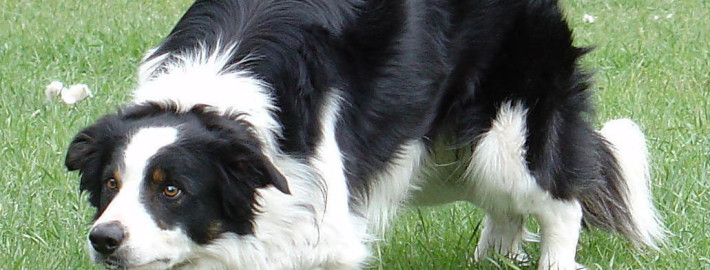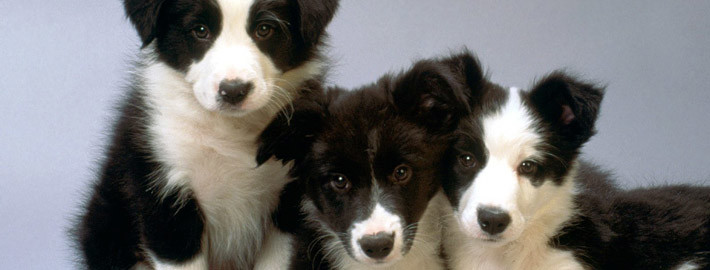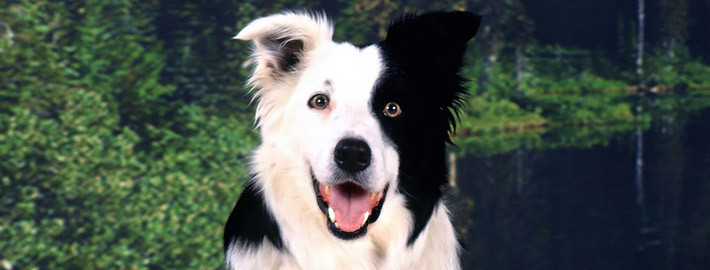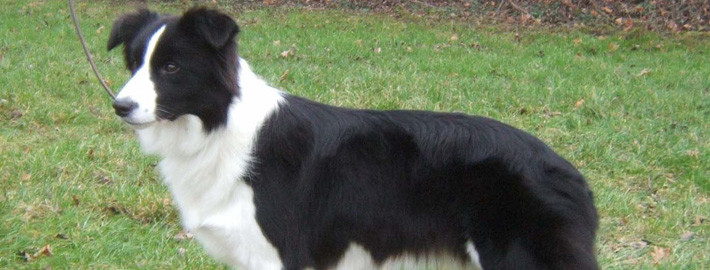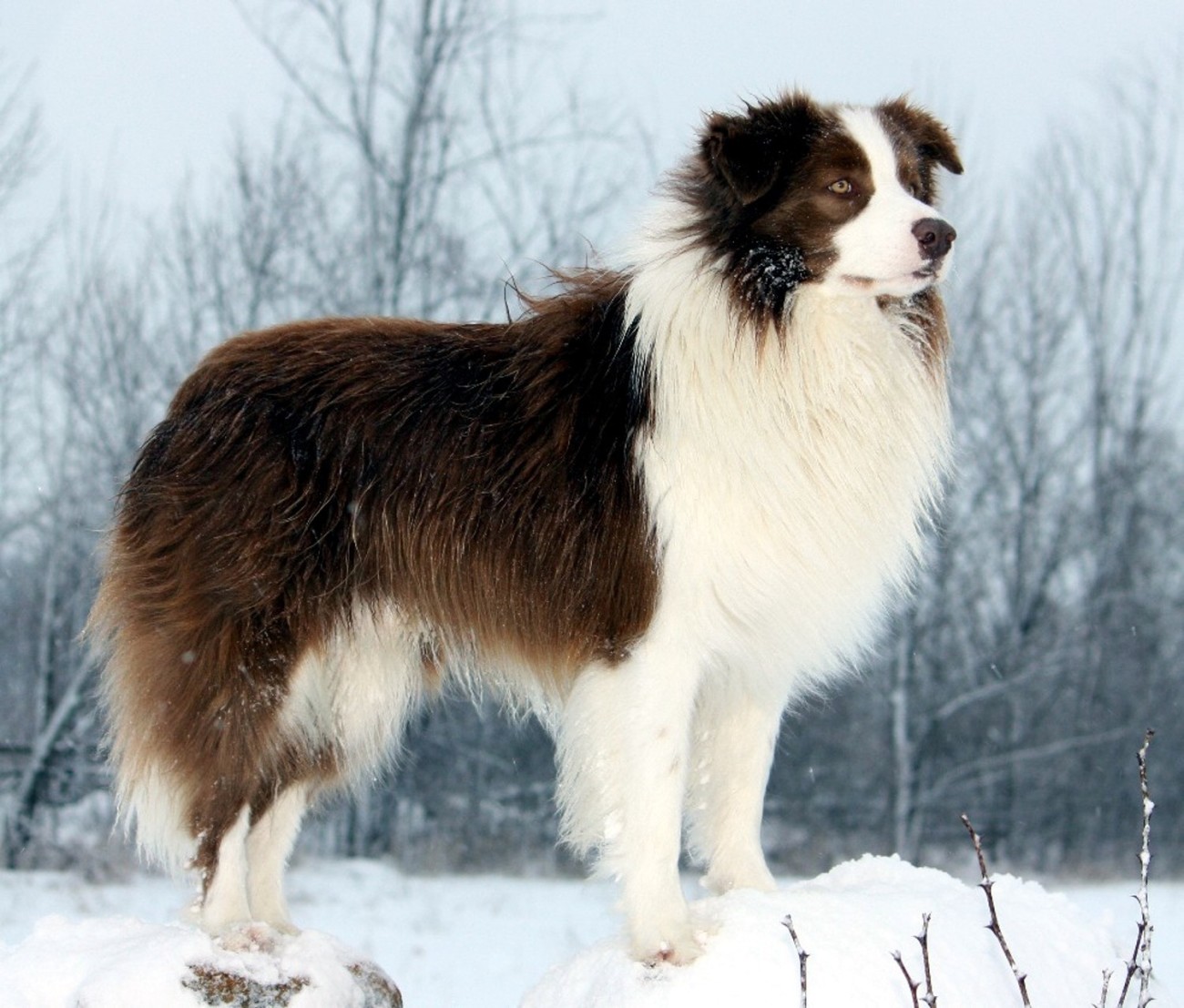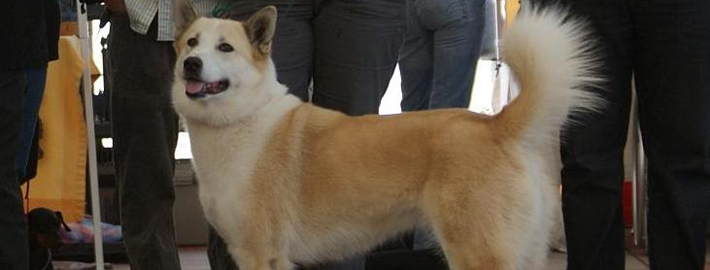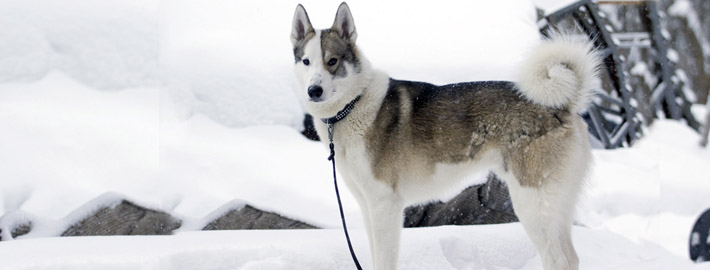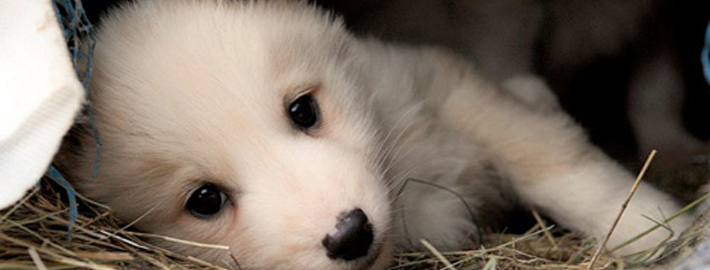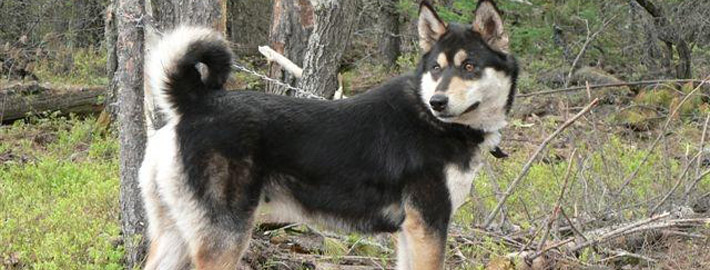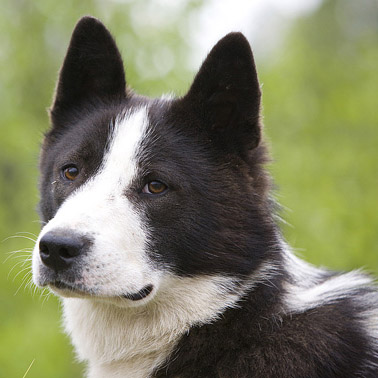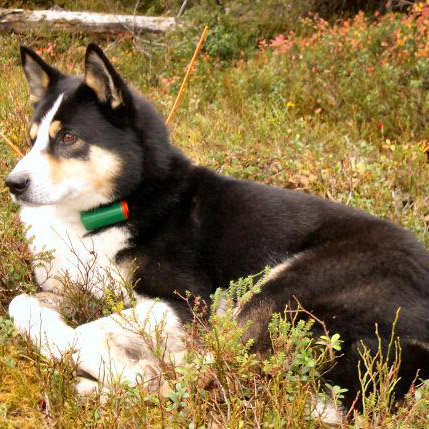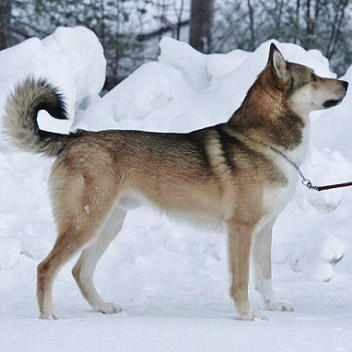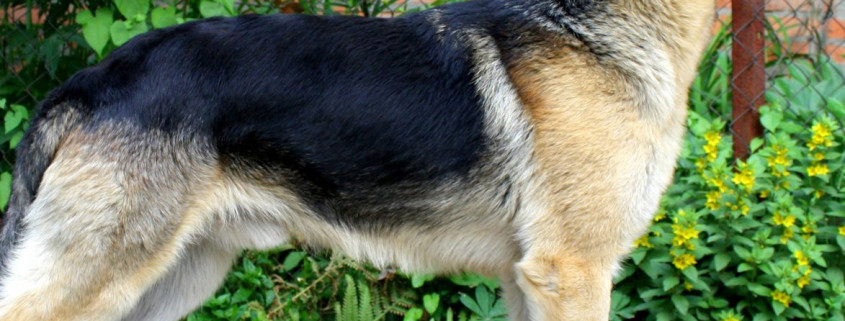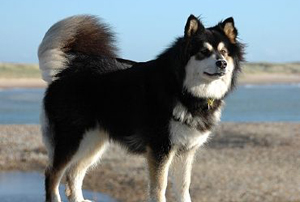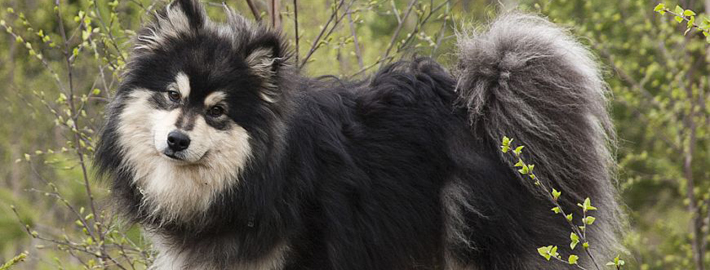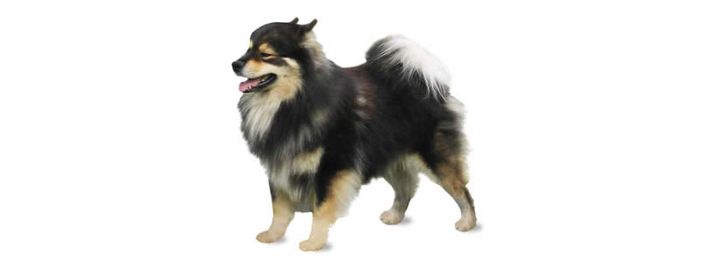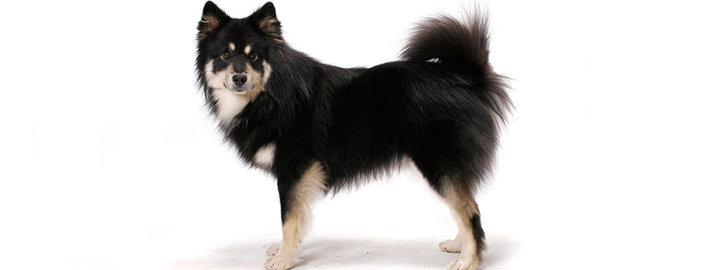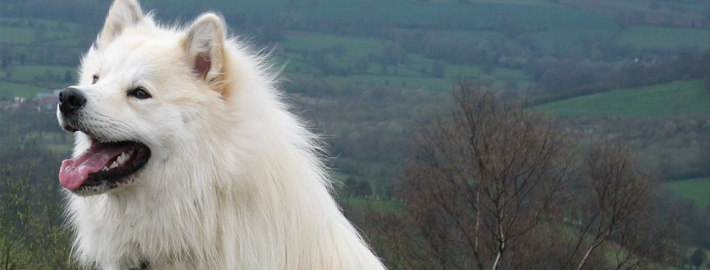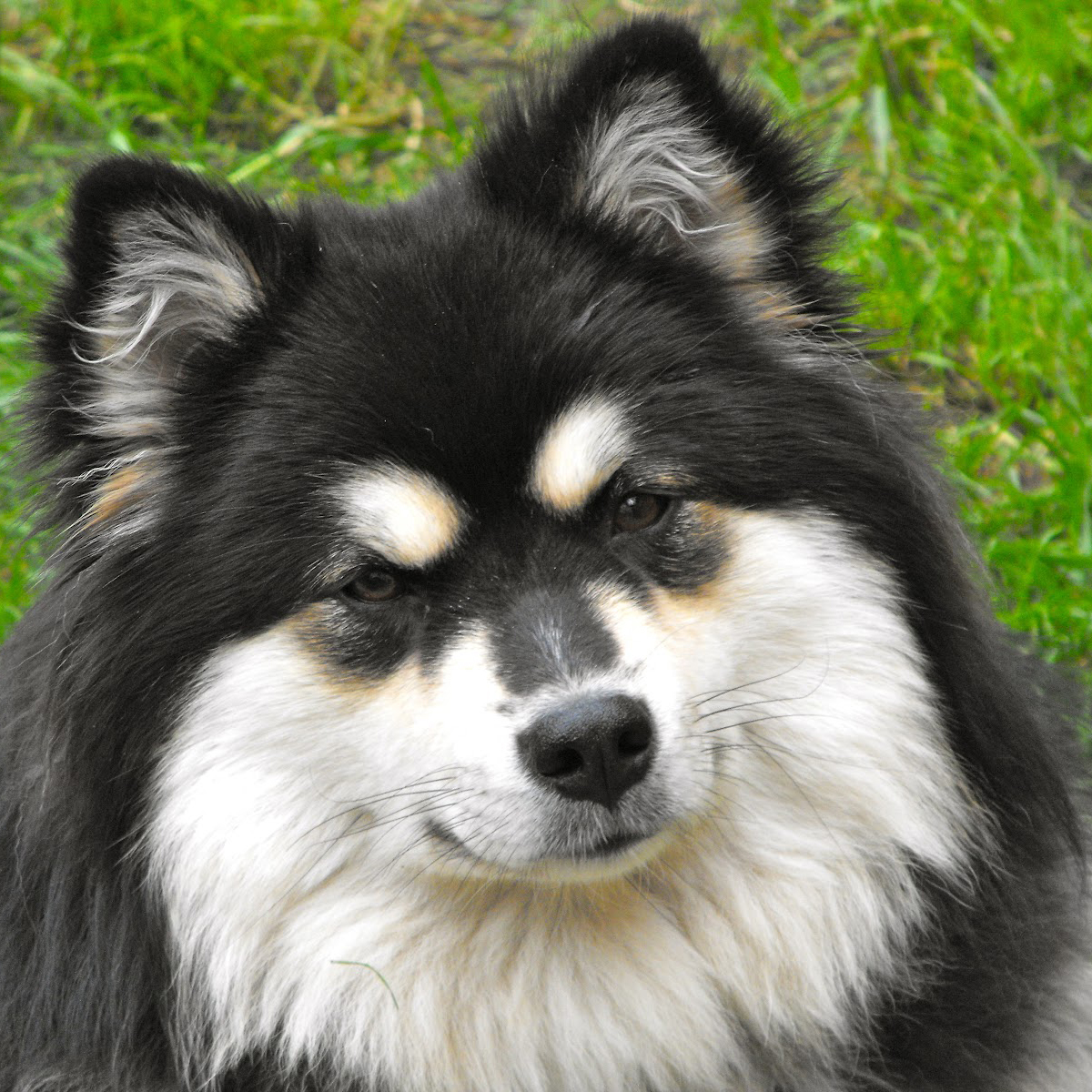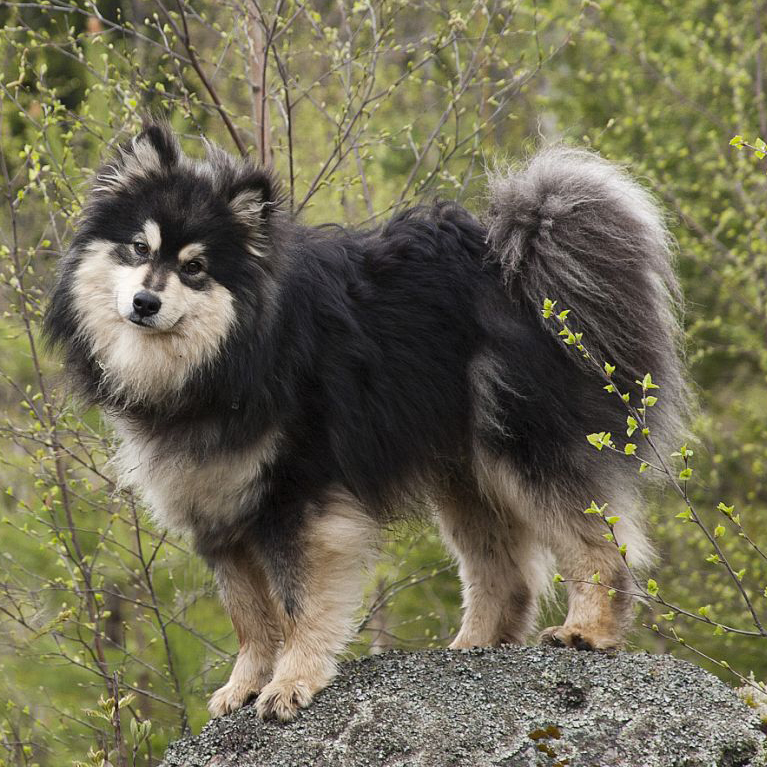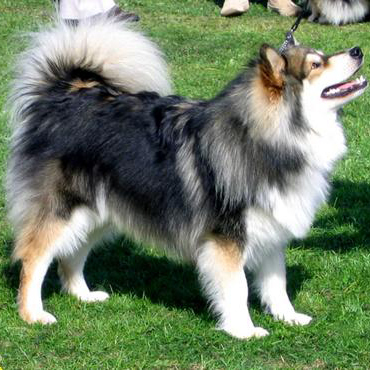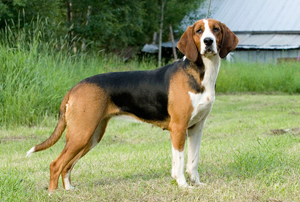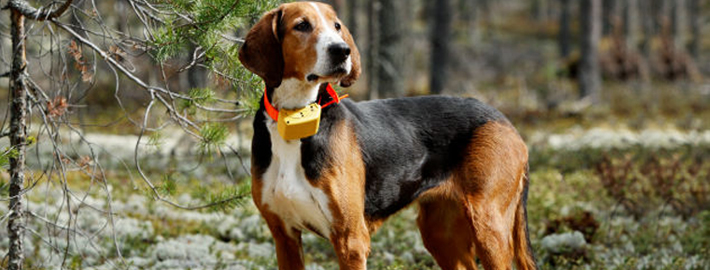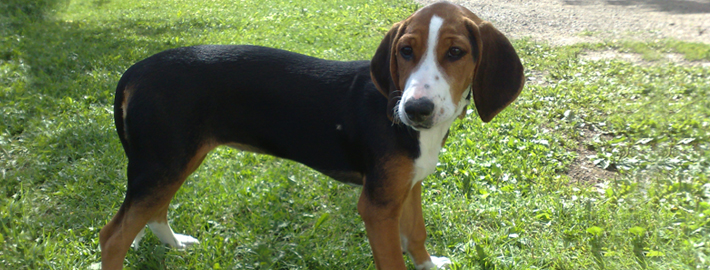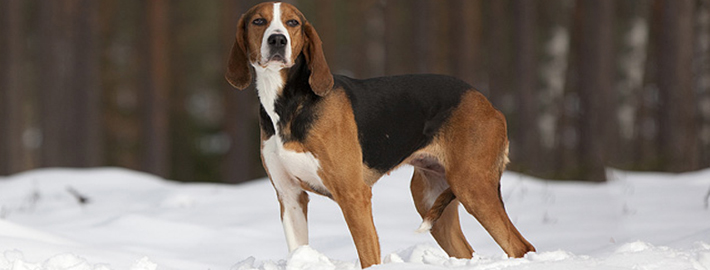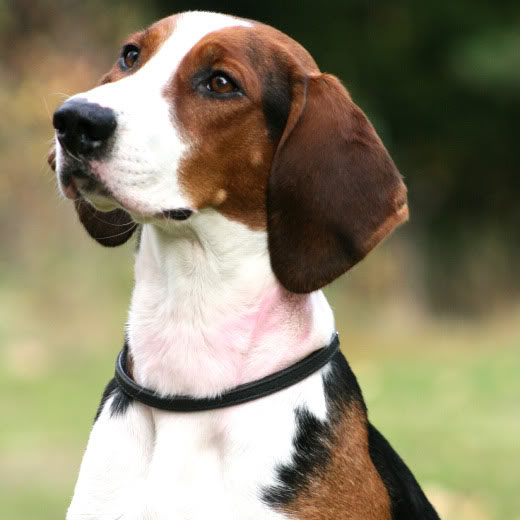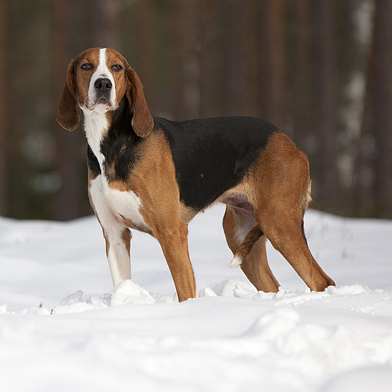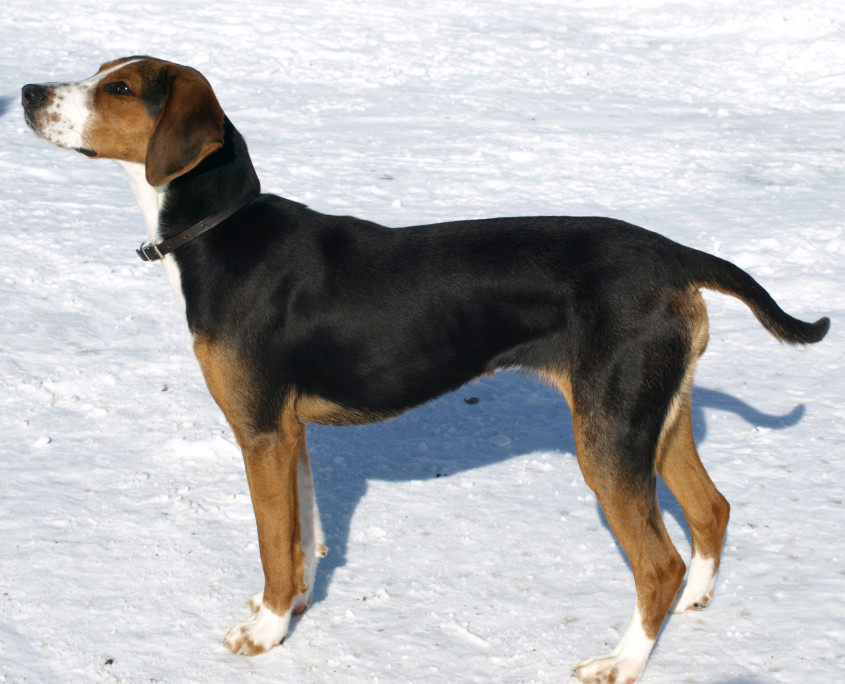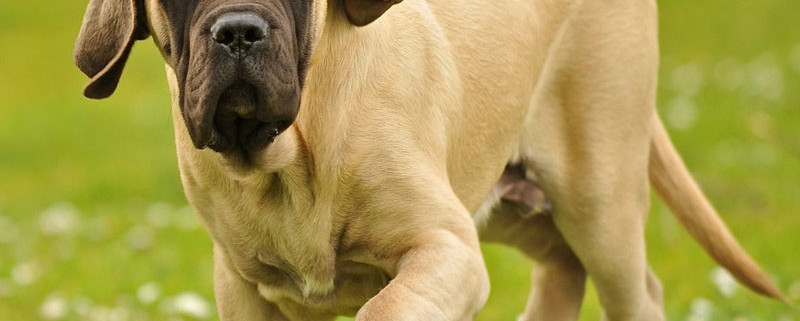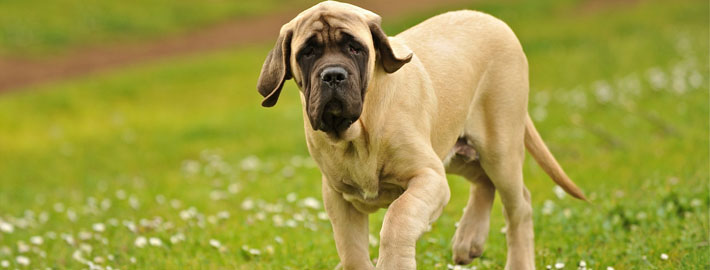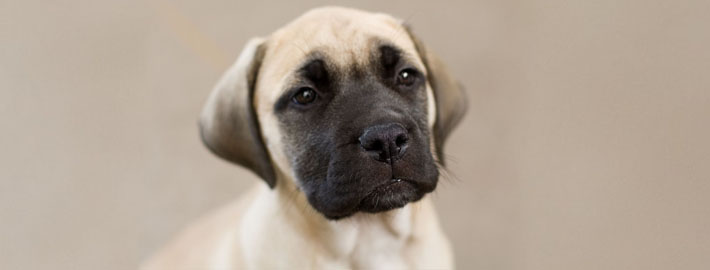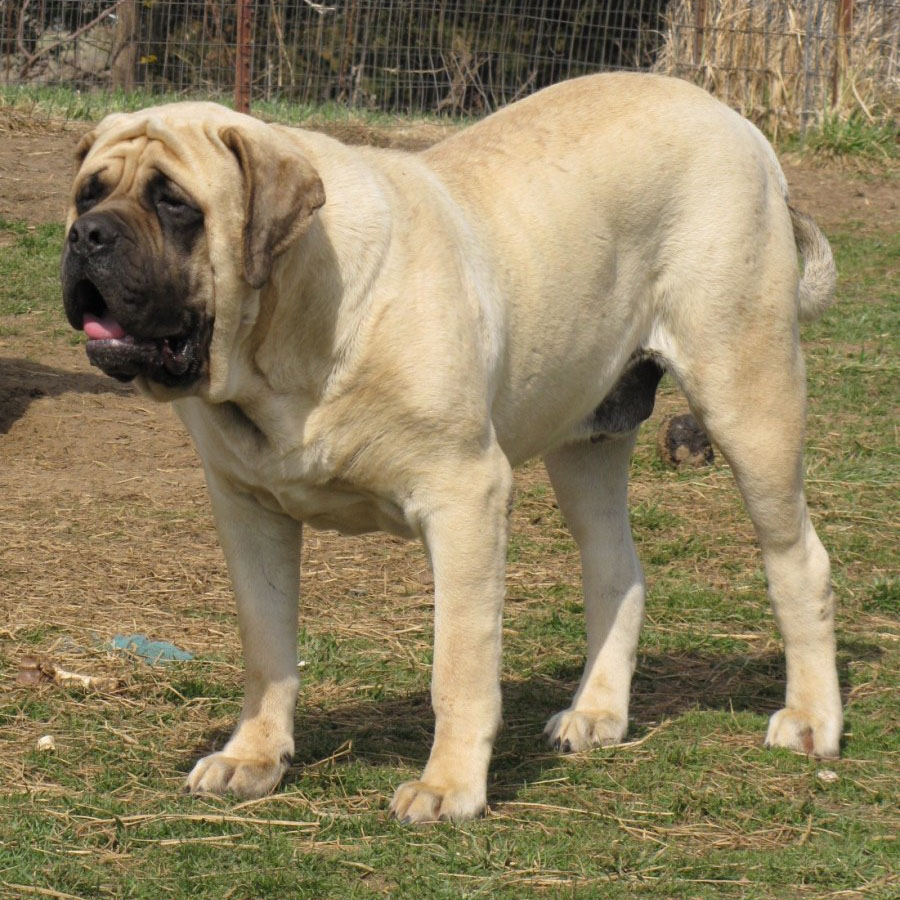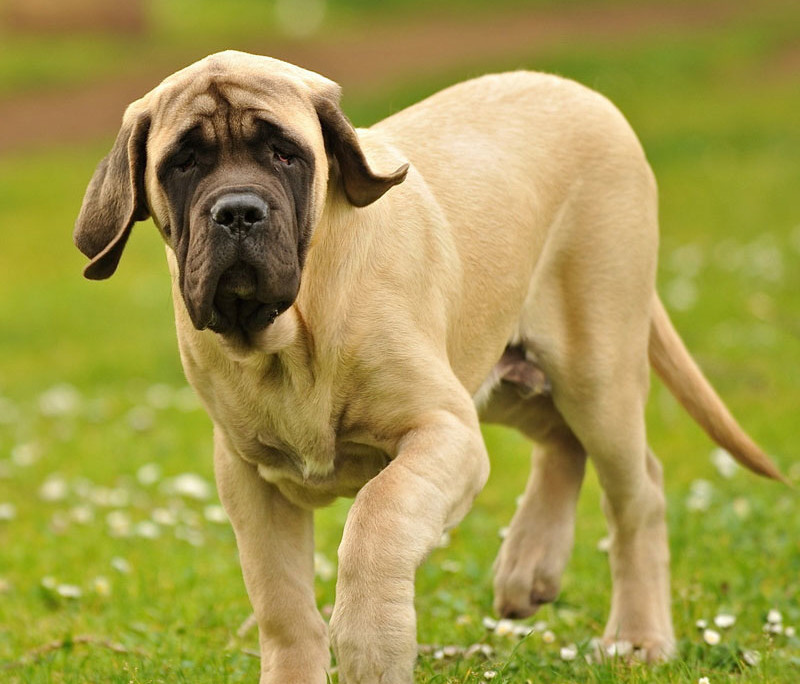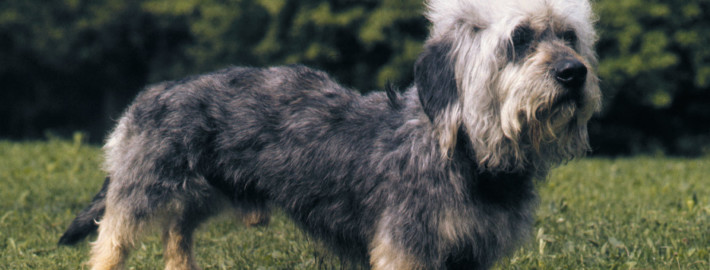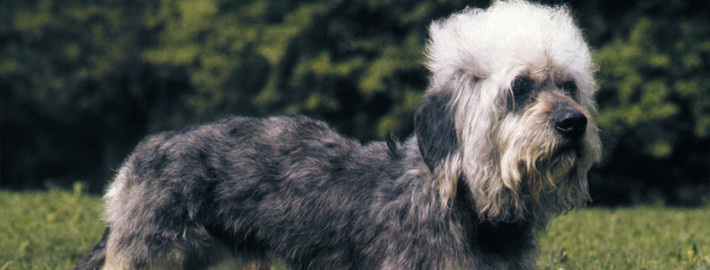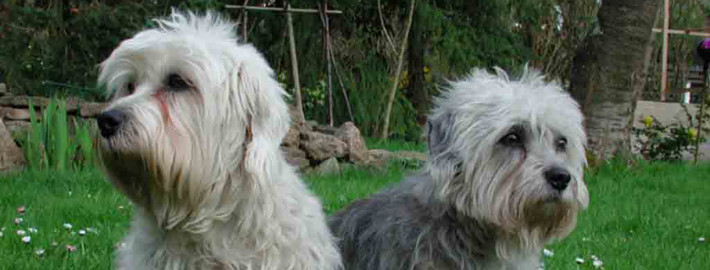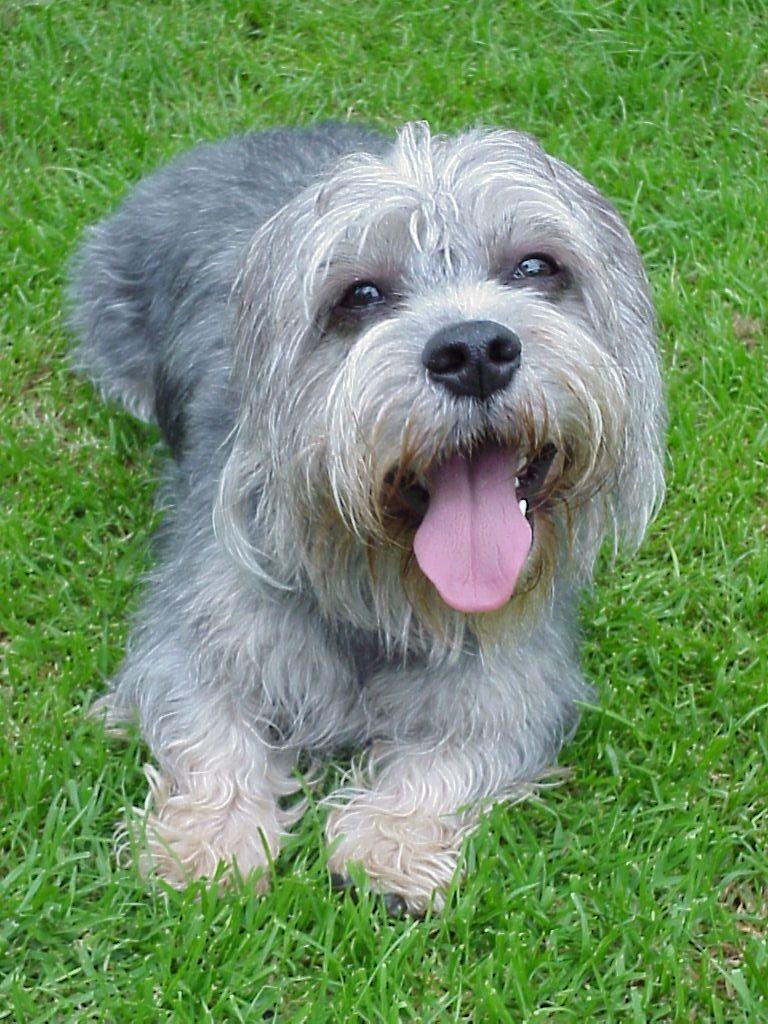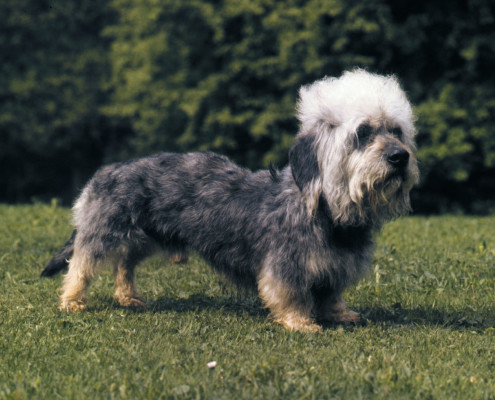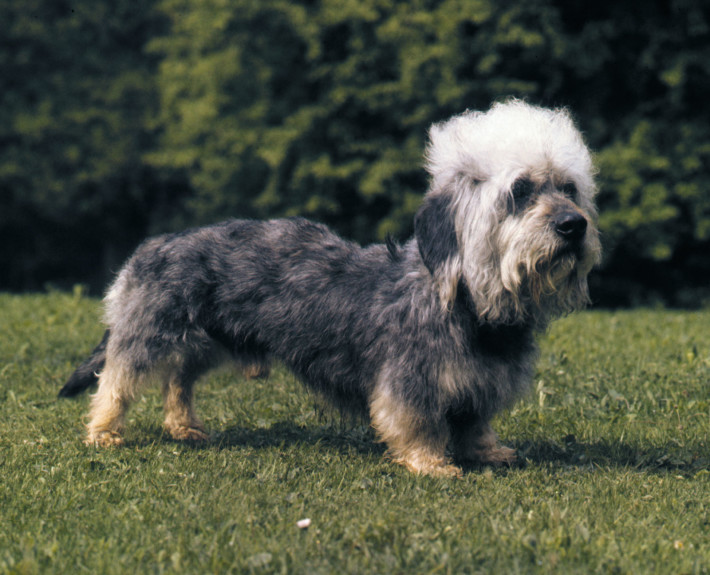Eurasier
Eurasier – The Perfect Companion
What makes the Eurasier Unique?
The Eurasier is devoted to his family but takes a while to warm up to anyone else. He’s usually not aggressive towards strangers, but he doesn’t like them to pet him. If you want a dog that loves everyone at first sight, don’t choose a Eurasier.
Page Contents
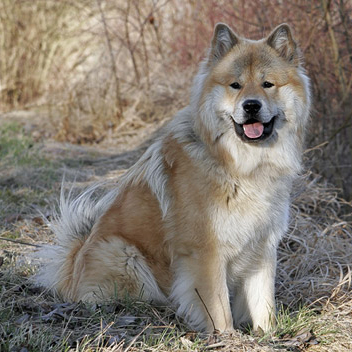
SnapShot
| Size: | Males – 52 to 60 cm (20 to 24 inches) Females – 48 to 56 cm (16 to 18 inches) |
| Weight: | Males – 23 to 32 kg (50 to 70 pounds) Females – 18 to 26 kg (40 to 60 pounds) |
| Origin: | Germany |
| Life Span: | 11 – 13 Years |
| Colour: | Any shade of Red, Wolf gray, Black, or Black and Tan. |
| Litter Size: | 4 to 8 puppies |
Is the Eurasier Right For You?
An excellent companion dog, the Eurasier is calm, quiet, even tempered and friendly. Watchful and alert. Affectionate and loyal toward its family, yet reserved and shy with strangers, without being timid or aggressive. Socialize well when young with other dogs and people. This breed forms a strong bond with its family.
In 5 Words
- Calm
- Watchful
- Friendly
- Affectionate
- Alert
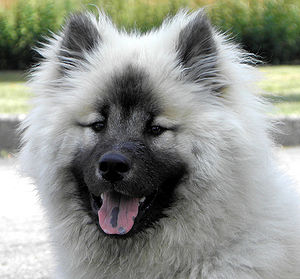
Characteristics
Learn About the Eurasier
Description
General Description
The Eurasier is a balanced, well-constructed, medium-sized Spitz (Spitzen) type dog with prick ears. It comes in different colors: fawn, red, wolf-grey, solid black, and black and tan. All color combinations are allowed, except for pure white, white patches, and liver color. Fédération Cynologique Internationale (FCI) standards call for the Eurasier to have a thick undercoat and medium-long, loosely lying guard hair all over the body, with a short coat on the muzzle, face, ears, and front legs. The tail and the back of the front legs (feathers) and hind legs (breeches) should be covered with long hair. The coat on the Eurasier’s neck should be slightly longer than on the body, but not forming a mane. The breed may have a pink, blue-black or spotted tongue.
The male has a height of 52 to 60 cm (20-23.5 inches) at the withers and weighs approximately 23 to 32 kg (50-70 lb).
The female has a height of 48 to 56 cm (19-22 inches) at the withers and weighs anywhere from 18 to 26 kg (40-57 lb).
Short History of the Eurasier
Developed in Germany in the 1960s by Julius Wipfel. Julius used the Keeshond (Wolfspitz) the Chow-Chow and added in some Samoyedto add fresh blood to the breeding program.
Temperament
The self-assured and calm Eurasier wants nothing more than to be close to his family. He is a watchful and alert protector who is reserved but usually not aggressive toward strangers. He does best in a family where someone is home during the day. The Eurasier will enjoy going places with you, but he’s not especially fond of meeting people he doesn’t know. If you like to chat up strangers at the dog park and show off your friendly dog, he’s probably not the best choice. This is a dog who takes his time deciding whether he likes someone.
Within his family, the Eurasier gets along very well with children and other pets, especially if he is raised with them. Toward other dogs, he is not generally aggressive.
This breed’s activity level is adaptable. He enjoys daily walks but isn’t excessively active. The Eurasier is good at any dog sport that involves working closely with his people, including agility, obedience, and rally.
Caring for Your Eurasier
General Health
Eurasiers are generally healthy dogs, though a small gene pool in the breed’s early years has led to some hereditary diseases being seen occasionally. Known issues include hip dysplasia, luxating patella, and hypothyroidism, as well as eyelid and lash disorders such as distichiae, entropion, and ectropion.
Grooming & Bathing
It sounds like the Eurasier requires a lot of grooming, but his coat is pretty easy to care for with brushing once or twice a week. If he has been in a wooded or brushy area, remove any twigs or other debris that might have gotten caught in his fur, and check for ticks or other parasites. Check his eyes for any discharge and wipe them clean. A bath is rarely necessary.
Like all double-coated dogs, Eurasiers shed. Once or twice a year they go through a heavy shed that lasts for about three weeks. To keep the hair under control during this time, brush the dog daily, give him warm baths and blow dry him thoroughly to help remove the loose hair (but keep the heat setting on low to prevent burns).
Exercise & Training
A good amount of exercise is a must. This breed needs daily long walks, where the dog is made to heel beside or behind the human holding the lead, as instinct tells a dog the leader leads the way, and that leader needs to be the human. They should have a safe enclosed area to run free.

